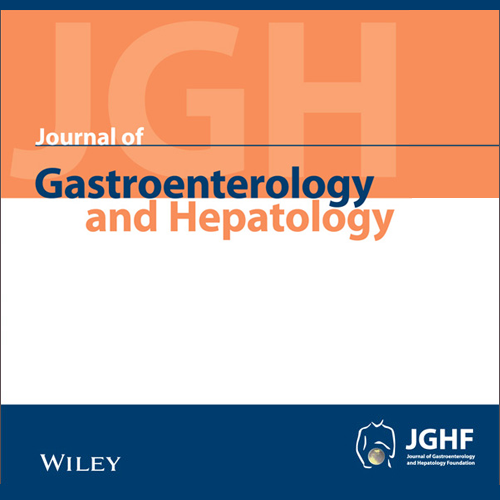Summary
Background and aim
Interferon-free direct-acting antiviral regimens for hepatitis C virus (HCV) infection have been recently available in Australia, beginning a new era in clinical and public health management of HCV infection. This study provided updated estimates of the HCV infection care cascade and burden in Australia as a reliable platform for assessing the future impact of interferon-free therapies.
Methods
A modeling approach was applied to estimate the number of individuals living with chronic HCV infection and with various liver disease stages. Data from national registries of HCV notification and liver transplantation, literature review, and expert consensus informed the model parameters. HCV notification and Pharmaceutical Benefits Scheme data were used to estimate the number of HCV diagnosed individuals and treatment uptake.
Results
In 2014, an estimated 230 470 individuals (range: 180 490-243 990) were living with HCV, among whom 75% were diagnosed (n = 172 720; range: 156 720-188 770), 20% had ever received treatment (n = 45 000; range: 39 280-50 720), and 11% had been cured (n = 24 750; range: 21 520-27 990). Among individuals with HCV infection, the proportion with hepatic fibrosis stage ≥F3 doubled during the last decade, increasing from 9% (n = 18 580) in 2004 to 19% (n = 44,730) in 2014. Individuals initiating HCV treatment increased from 1100 in 1997 to 3840 in 2007, plateaued until 2010 and decreased to 2790 in 2014.
Conclusions
The burden of HCV-related liver disease has increased markedly. Although the proportion diagnosed was high, treatment uptake remained low, with no increase over the last 7 years. Reducing the HCV burden in Australia requires scale-up of interferon-free HCV therapies.
Countries: Australia

